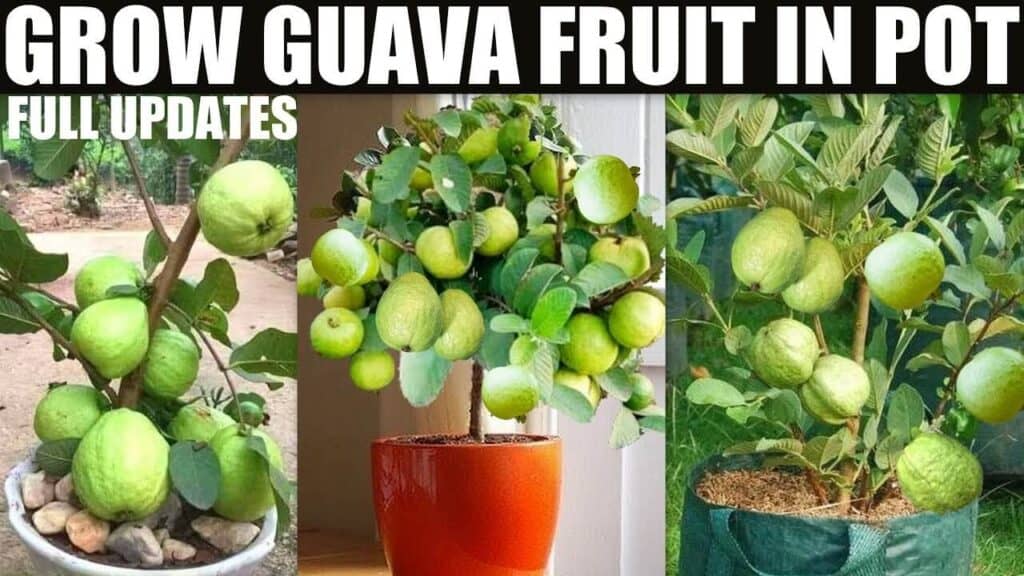
If you’re passionate about guava fruit but short on garden space, worry not! In this guide, I’ll walk you through how to grow guava fruit in pots, ensuring you enjoy a bountiful harvest right from your home.
Table of Contents
How to Grow Guava Fruit: A Complete Guide to Container Gardening
Introduction
Guava is not just a fruit; it’s a delightful experience! Growing guava in containers allows you to enjoy this tropical treat, even with limited space. Whether you’re a seasoned gardener or a beginner, this guide—written with the precision of a ghostwriter masterarbeit—will cover everything you need to know about how to grow guava fruit successfully in pots.
Choosing the Right Pot
Start by selecting a pot that is at least 12 to 15 inches wide and deep. A suitable pot provides ample room for the roots to grow. Ensure that the pot has adequate drainage holes at the bottom. This is crucial as it prevents waterlogging, which can harm the roots.
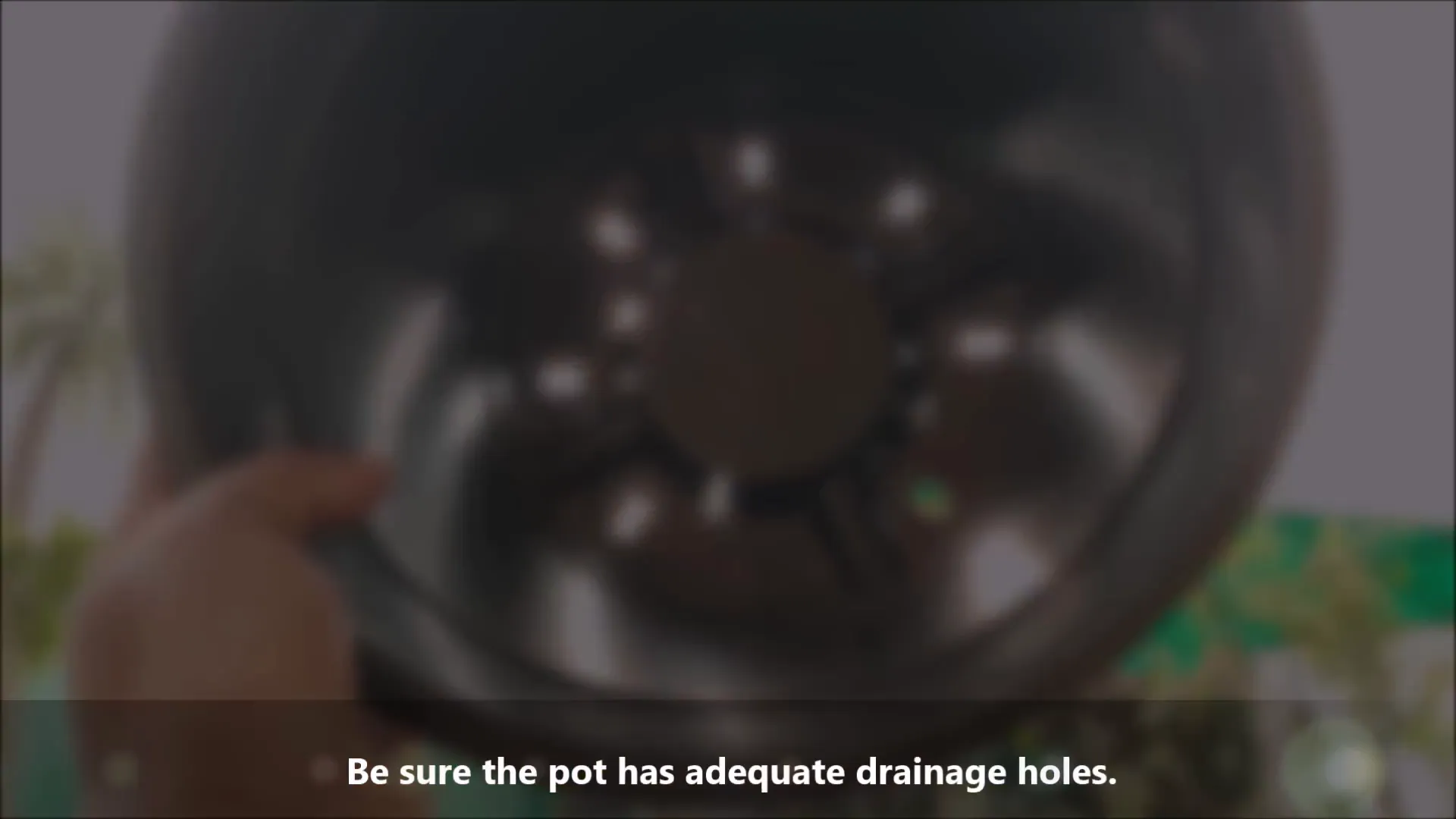
Preparing the Soil Mix
The soil mix plays a vital role in the growth of your guava plant. You can either buy a quality potting mix or create your own by combining 50% garden soil, 30% compost, and 20% river sand. Fill the pot 60% to 70% with this mix, ensuring a healthy environment for root development.
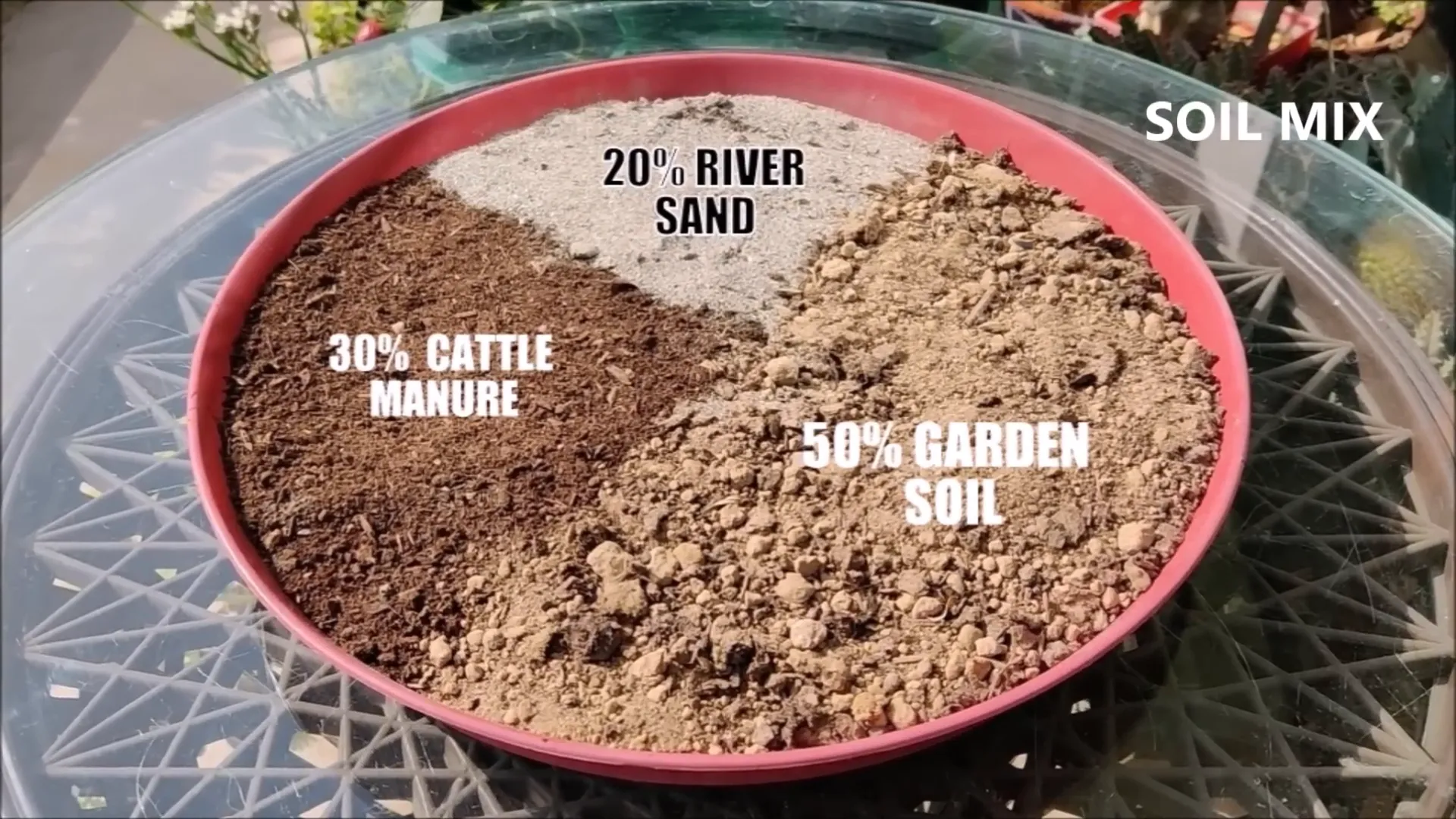
Buying Grafted and Air Layered Plants
While guava can be propagated from seeds and cuttings, purchasing grafted or air-layered plants from a reputable nursery is recommended. These plants are more resilient and will bear fruits in a shorter time frame—typically about five to six months after planting.
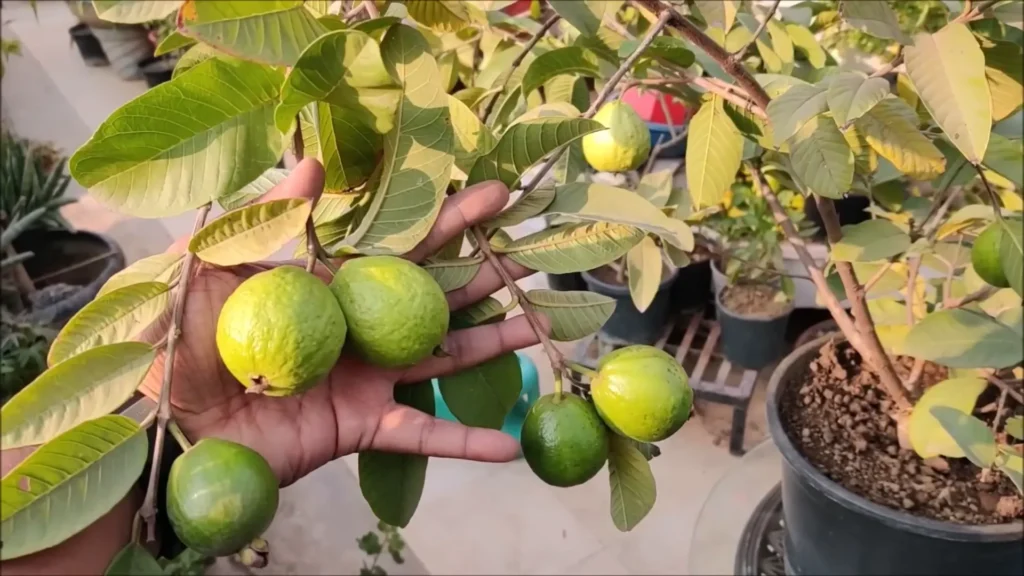
Planting Procedure
When planting, dig a hole that is twice the width of the root ball. Place the root ball into the hole and fill it with the prepared soil mix. It’s essential to keep the stem above the soil surface and ensure that the soil is not compacted too tightly. Leave about an inch of space between the soil surface and the rim of the pot. Water the container thoroughly to settle the roots in their new home.
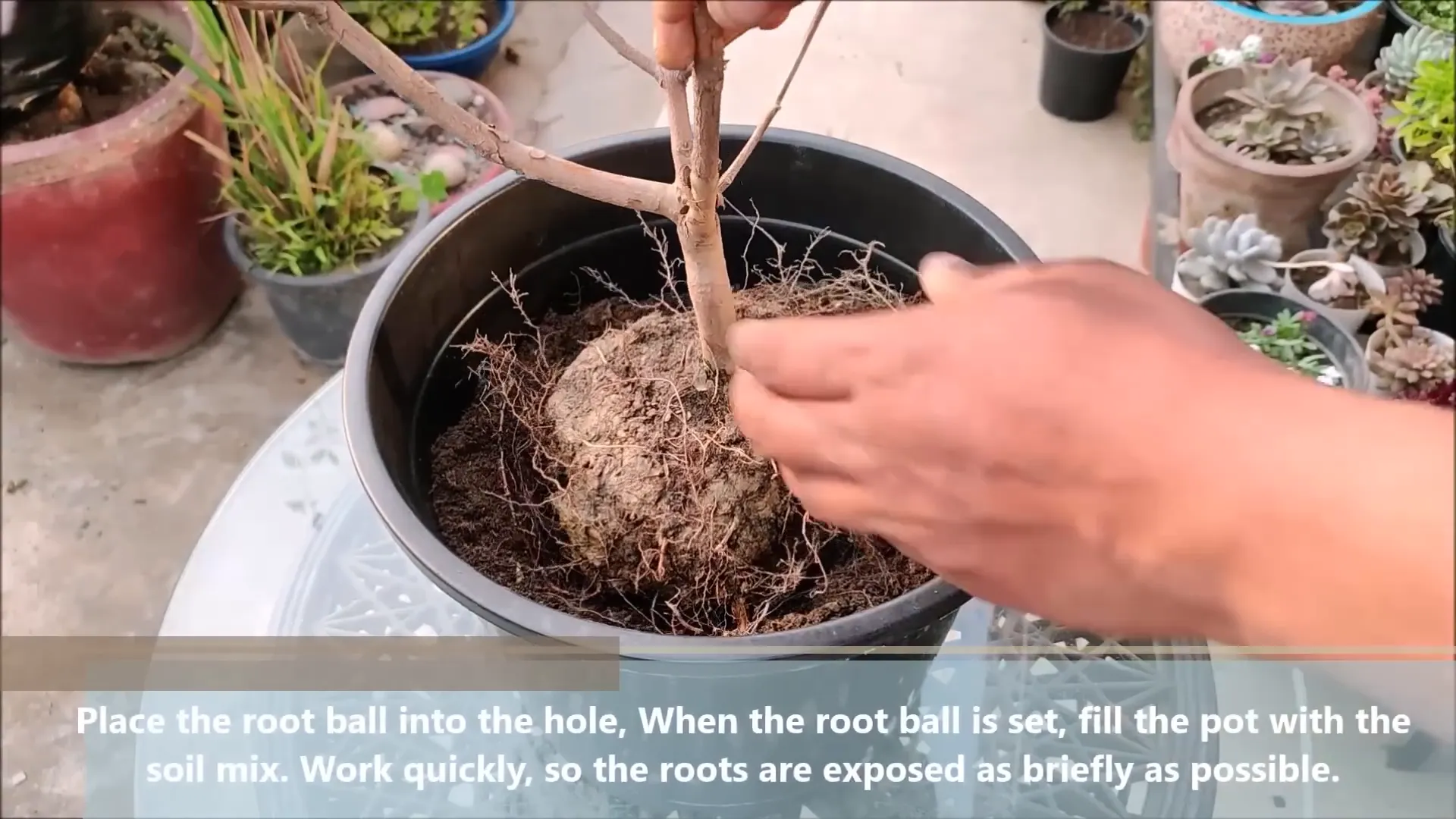
Sunlight Requirements for Guava
Guava plants thrive best in bright sunlight. Choose a location that receives at least six to seven hours of direct sunlight daily. The more sunlight they receive, the healthier the growth and the more fruit you can expect!
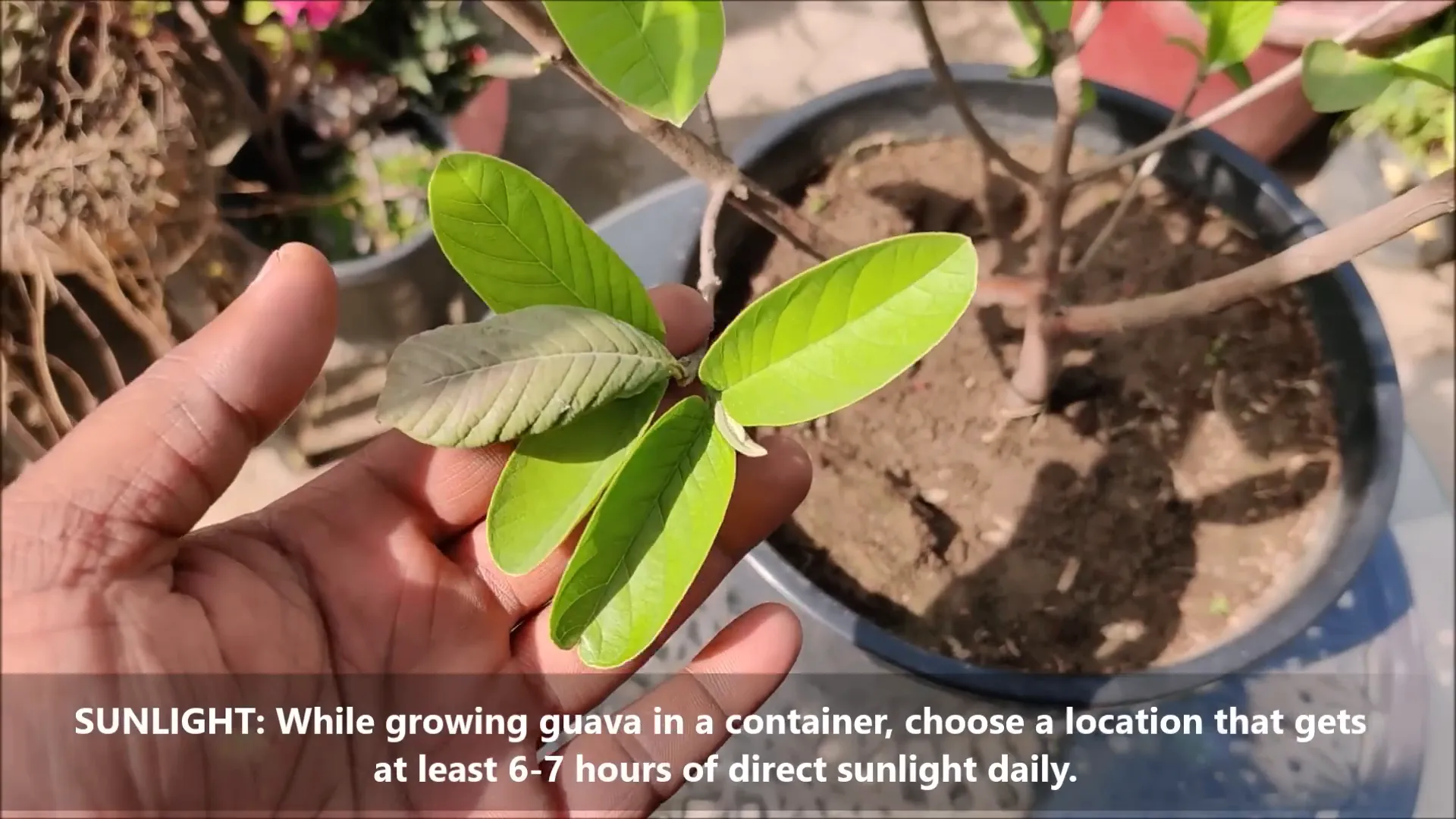
Understanding Bud Formation
After planting, you’ll notice flower buds starting to form. This phase typically lasts between 18 to 24 days, depending on the variety. Proper light and nutrition during this period are crucial for successful bud formation.

Essential Fertilization Techniques
Fertilizing your guava plant is essential for its growth. Use organic fertilizers every 25 to 35 days. A combination of rock phosphate, seaweed extract, and cattle manure works wonders. Incorporate these into the top few inches of the soil and water them in to activate the nutrients.
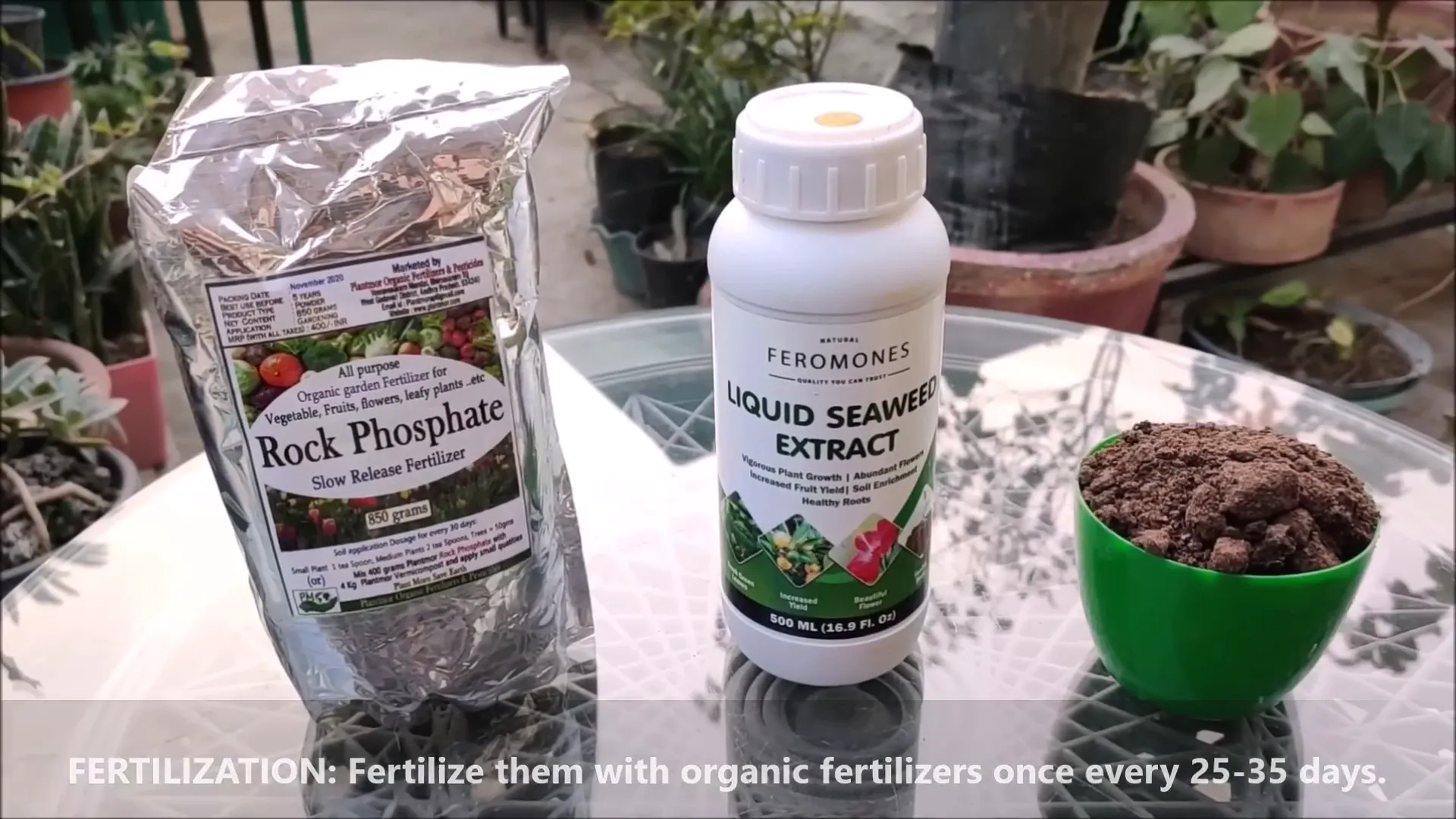
Exploring Guava Varieties
There are over 100 varieties of guavas, each unique in flavor and appearance. Some of the best varieties to consider for container gardening include Allahabad Safeda, Lucknow 49, Lalit, Taiwan Pink, and Mexican Green Tickle. Each variety has its own growth characteristics, so choose based on your taste preferences and growing conditions.
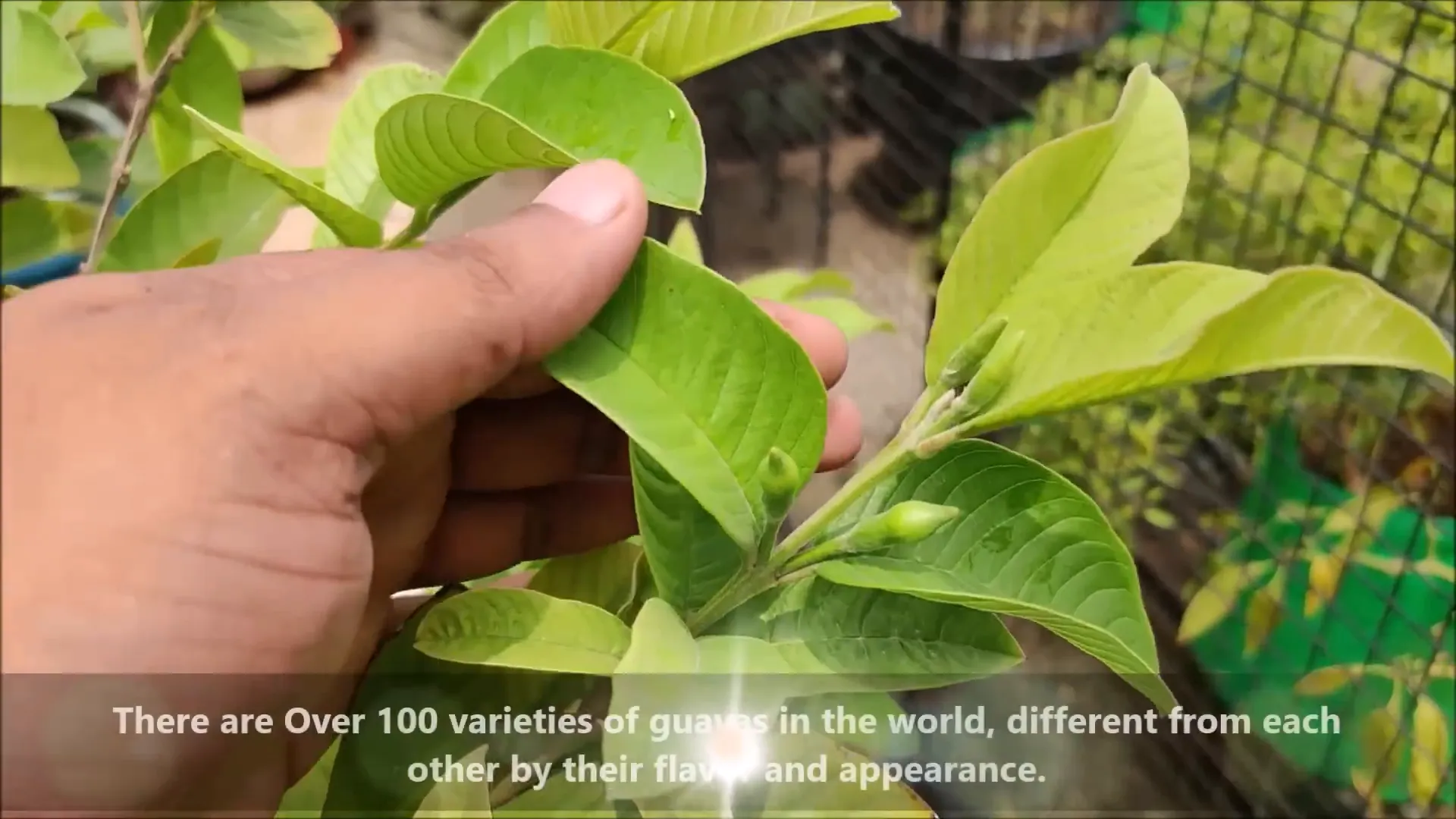
The Process of Fruit Formation
Fruit typically appears about 12 days after blooming and matures in 90 to 150 days. A healthy mature plant can produce numerous flowers, but only about 50 to 60 percent will mature into fruit due to natural drop. Ensure your plant is well-fed and watered to maximize fruit set.
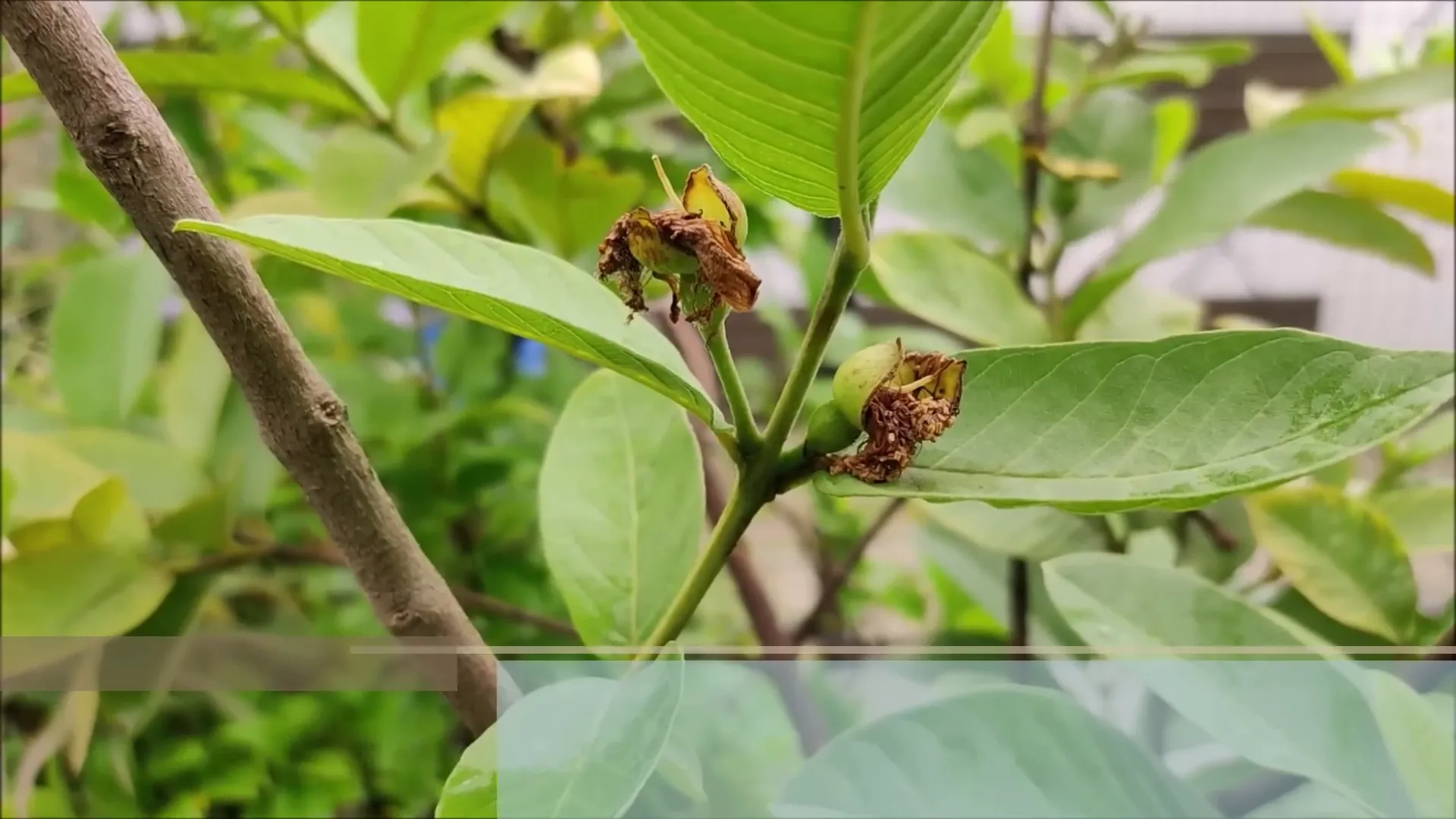
Watering Guidelines
Water your guava plant when the topsoil feels dry. During the growing season, aim to water daily, while in winter, reduce it to every three to four days. Guava plants have shallow roots, so they require consistent moisture without overwatering.
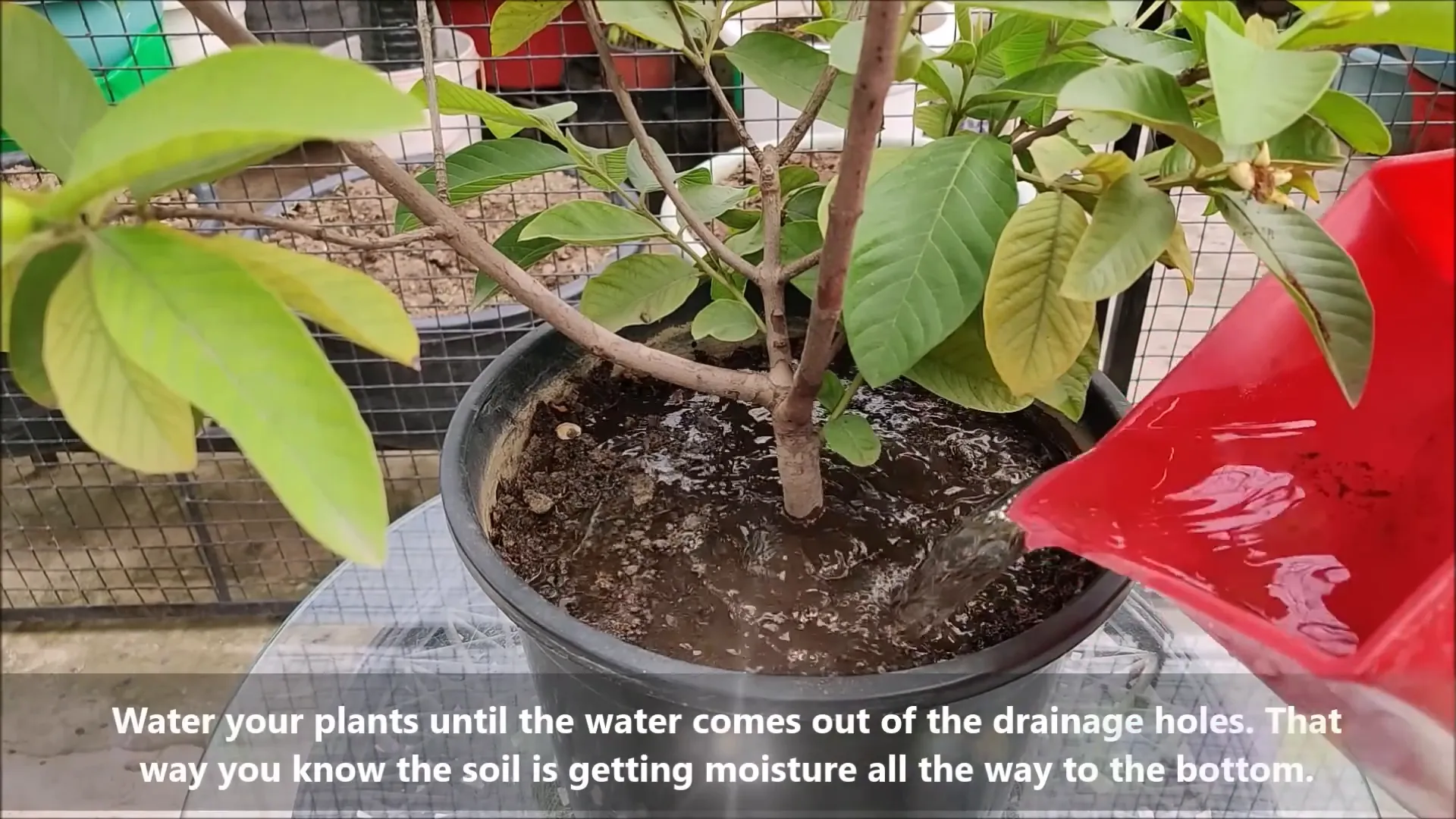
For more detailed insights on container gardening, check out our guide on container gardening tips.
Understanding the Fruiting Season
Guava trees generally have two main fruiting seasons each year. In Northern India, this typically occurs from April to May and again from August to September. Each season offers unique opportunities for harvesting, depending on the care and conditions provided to your plants.
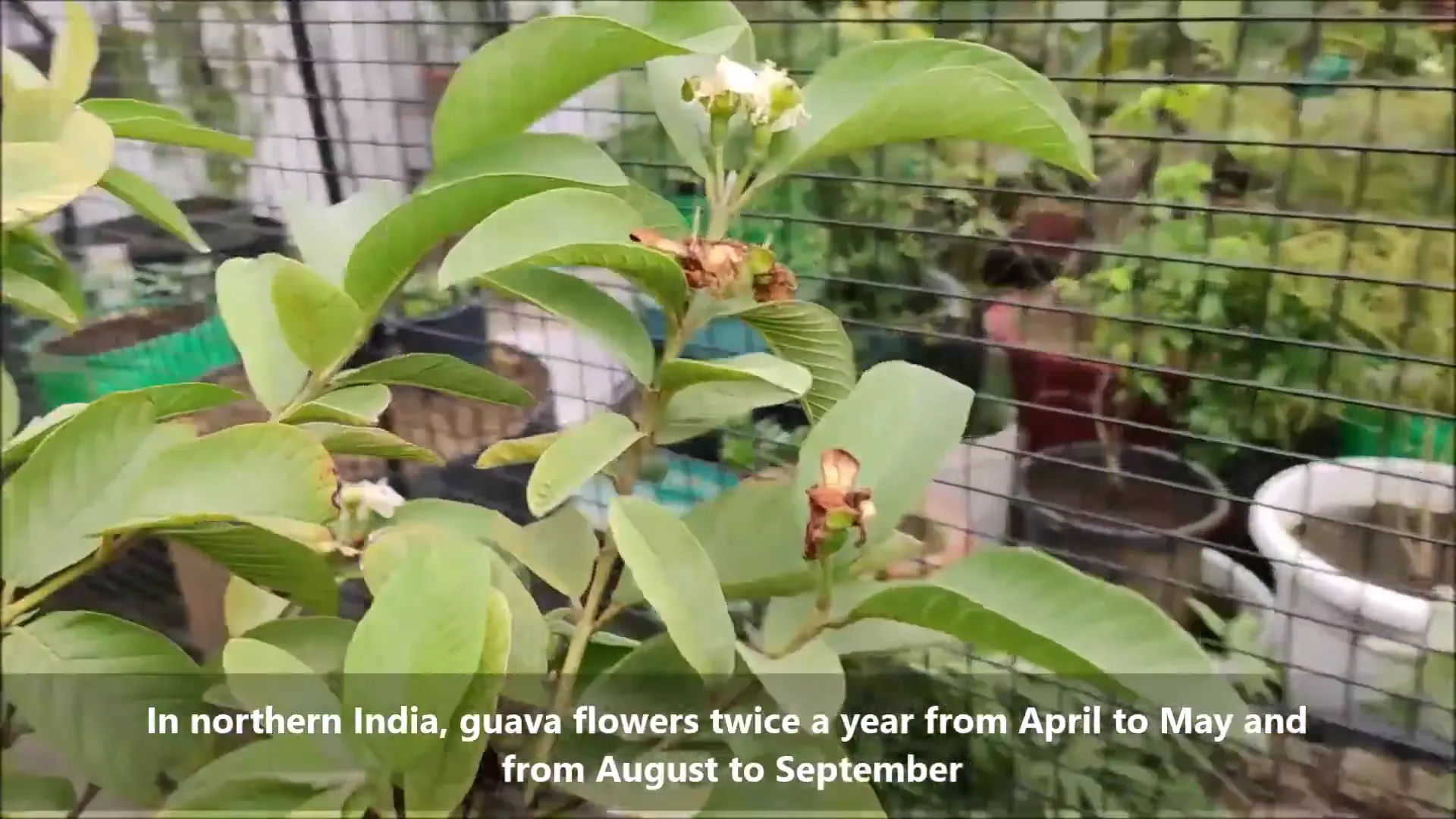
Pest Control Strategies
Protecting your guava plants from pests is crucial for a healthy harvest. Regularly inspect your plants for signs of insects like fruit flies, aphids, and mealybugs. Natural remedies, such as neem oil, can effectively deter these pests. Spraying neem oil every two weeks can keep your plants safe without harming beneficial insects.
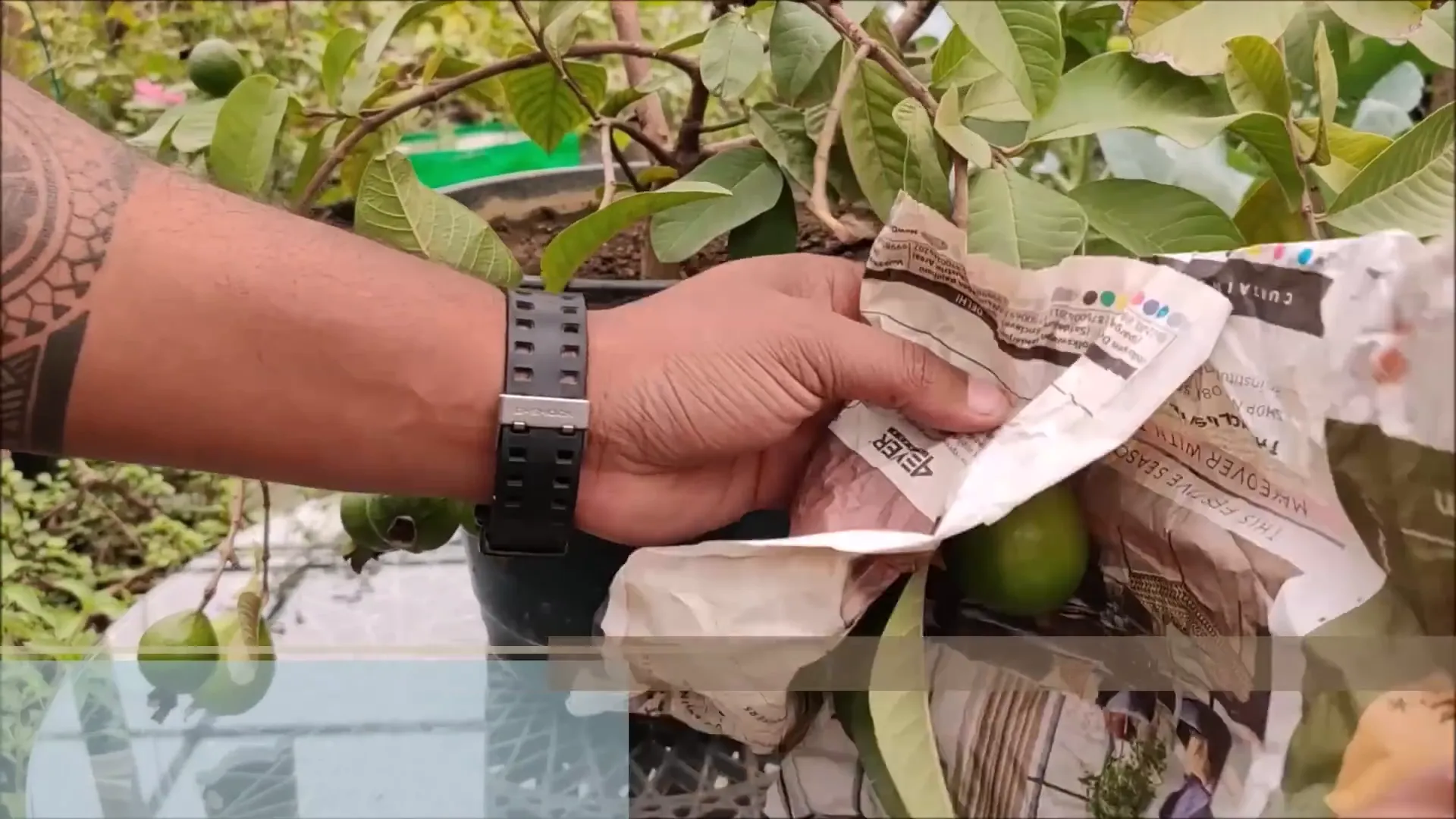
First Harvest: What to Expect
Your first guava harvest can be an exciting event! Typically, fruits ripen about 90 to 150 days after blooming. You’ll know they are ready when they change color from dark green to a yellowish-green and feel slightly soft to the touch. Expect to pick your fruits at intervals, as they may not all ripen at once.
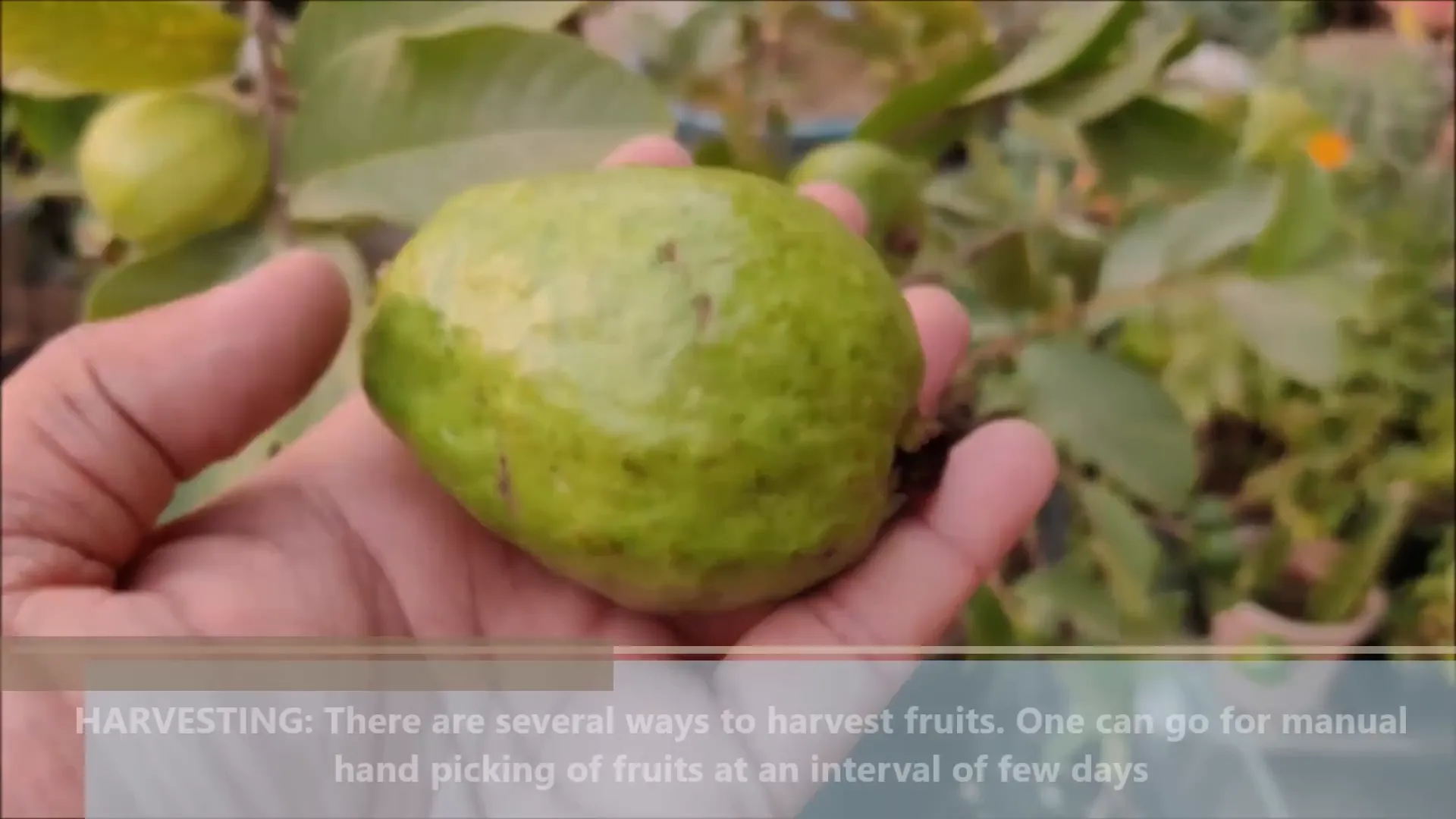
Bagging Fruits for Protection
To protect your developing guava fruits from pests and enhance their quality, consider bagging them. Using newspaper or specialized fruit bags can shield your fruits from harmful insects. This step is particularly important as the fruits begin to mature, ensuring they reach harvest in optimal condition.
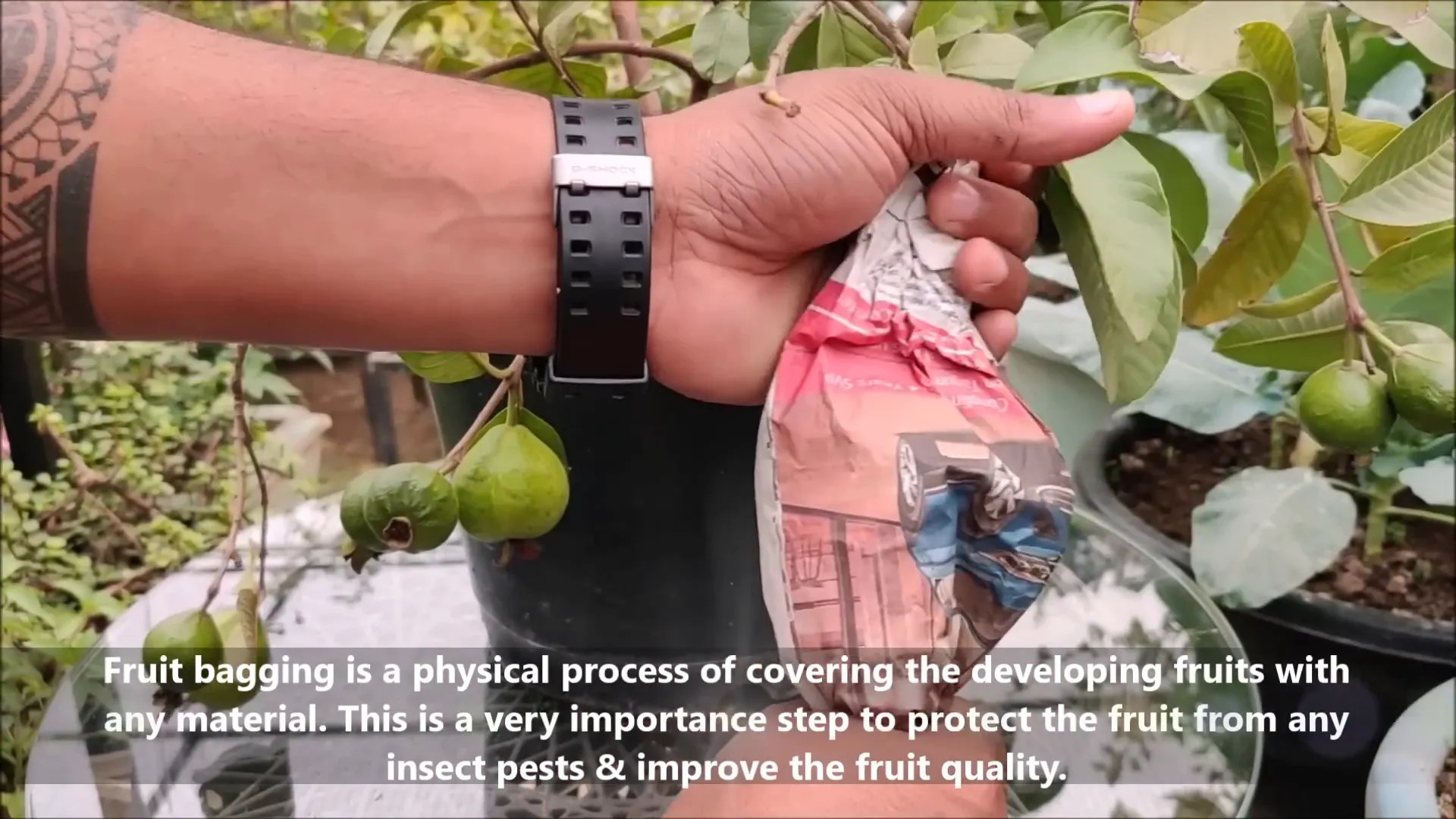
Second Harvest and Its Timing
The second harvest of guava typically follows the same pattern as the first. Expect more fruits to ripen from August to September. This season also requires diligent care, including consistent watering and fertilization, to maximize your yield. A well-maintained plant can produce a significant amount of fruit during this time.
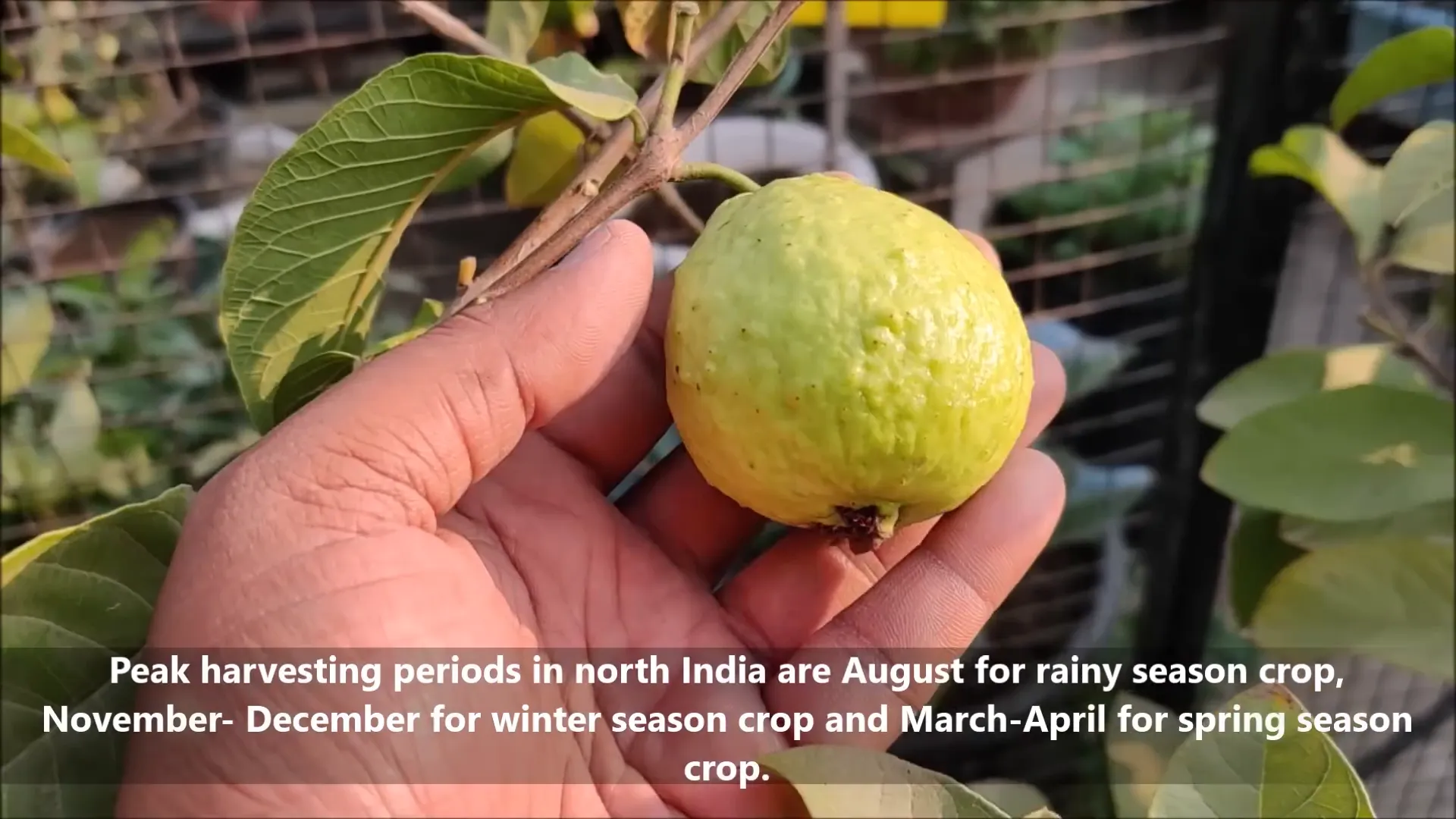
Peak Harvesting Period Explained
Peak harvesting periods will vary based on your local climate and the variety of guava you’re growing. In general, the best times to harvest are during the cooler months of November and December for the rainy season crops, and March and April for the spring season crops. Understanding these cycles helps you plan effectively.
Repotting for Better Growth
As your guava plant matures, it may require repotting to ensure continued growth. Repotting should typically be done every 1 to 2 years. Choose a pot that is larger than the previous one, allowing the roots to expand. This can help prevent root binding and improve nutrient uptake.
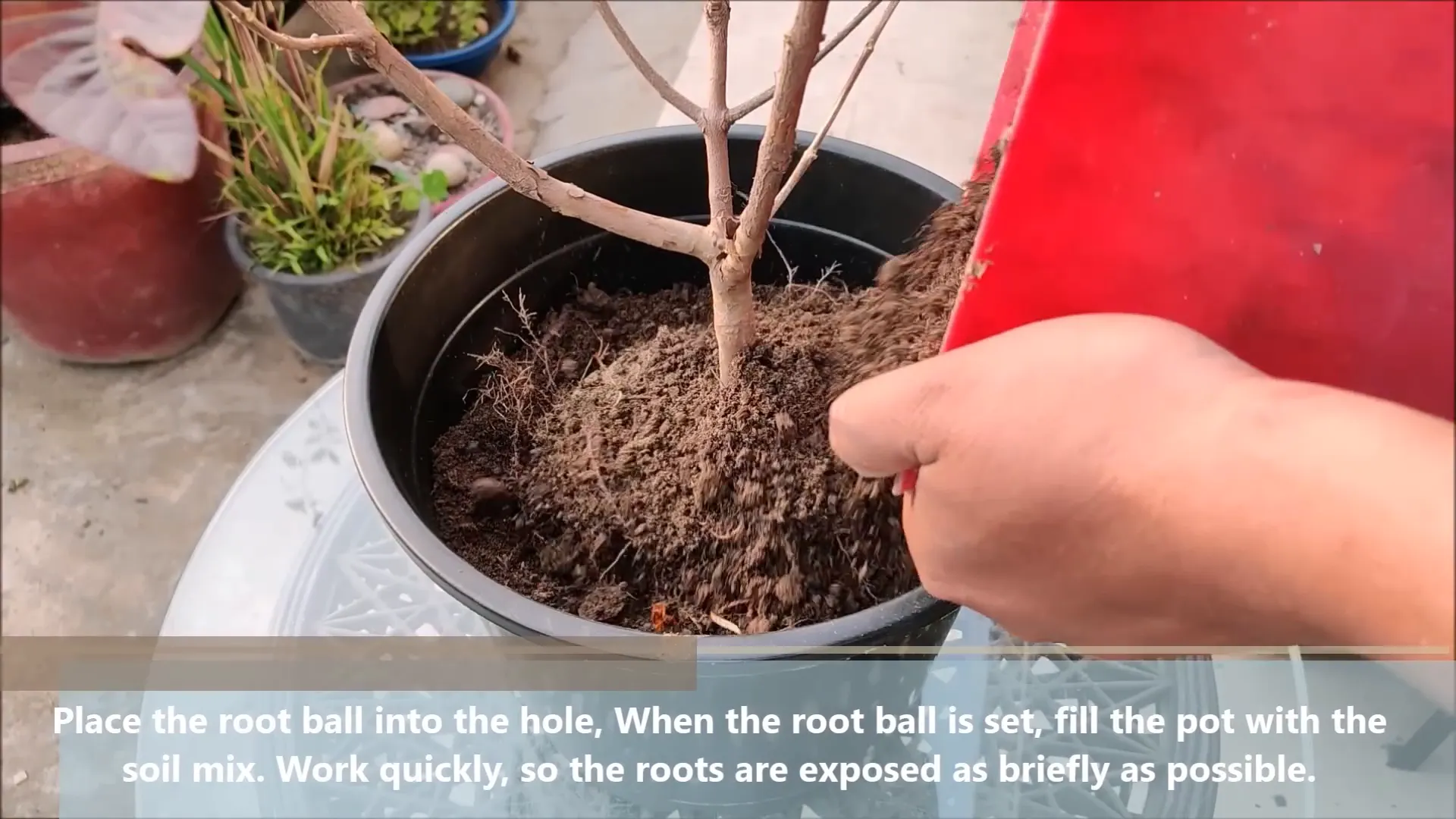
Third Harvest Insights
For those who are diligent in their care, a third harvest may be possible, especially in regions with extended growing seasons. This harvest often occurs in late summer. Keeping your plants well-fed and hydrated is essential during this time to promote fruit development.

Care After the Fruiting Season
Once the fruiting season ends, it’s important to give your guava plants some TLC. Fertilize them with rock phosphate to prepare them for the next growth cycle. This replenishes nutrients and helps establish a solid foundation for future growth.
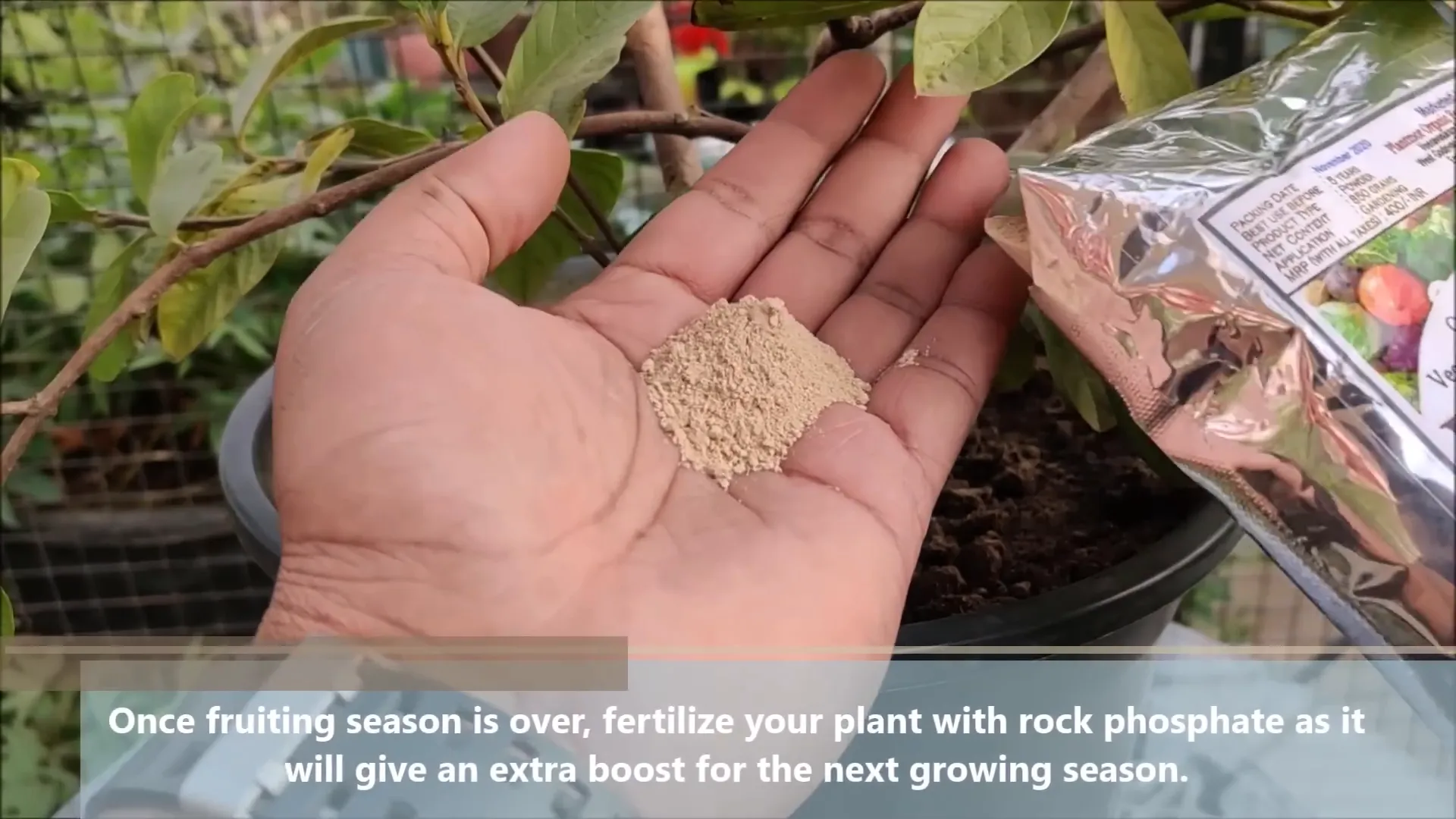
Proper Fruit Storage Techniques
To store your harvested guava fruits properly, keep them in the refrigerator while they are still green. This can extend their freshness for up to three to five weeks. Avoid stacking them too closely to prevent bruising, which can lead to quicker spoilage.

Frequently Asked Questions
- How long does it take for guava seeds to germinate? Guava seeds typically take about 2 to 4 weeks to germinate under optimal conditions.
- Can guava trees be grown indoors? Yes, guava trees can be grown indoors as long as they receive adequate sunlight and care.
- What is the best fertilizer for guava plants? A balanced organic fertilizer that includes rock phosphate, seaweed extract, and cattle manure works best.
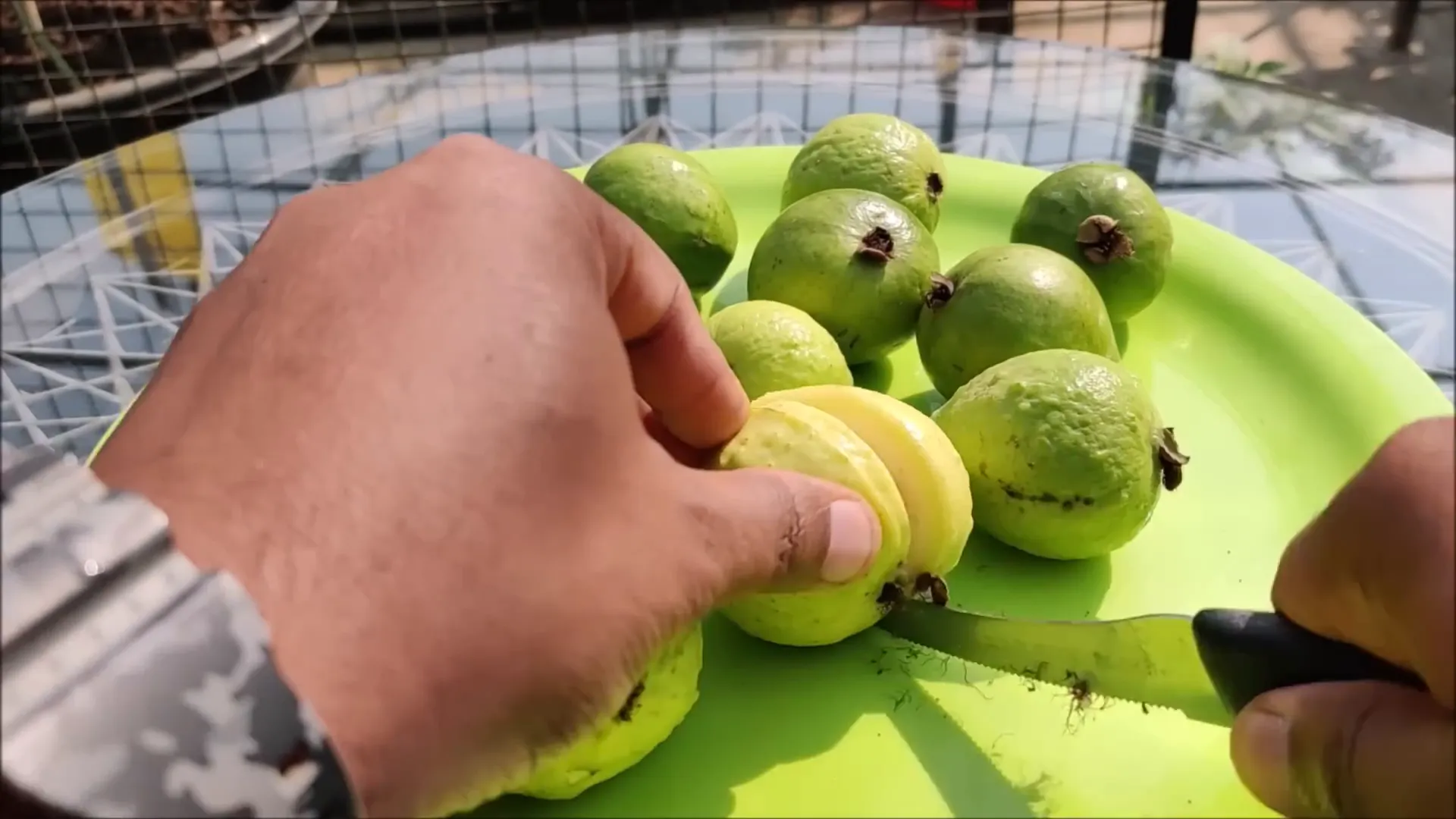
Related Articles: How To Grow Bell Peppers: The Ultimate Guide from Seed to Harvest, How To Grow Chillies At Home: A Comprehensive Guide from Seed To Harvest
Related topic: Vardenafil: A Comprehensive Guide to Uses, Dosages, and Side Effects

